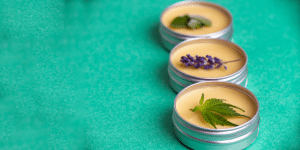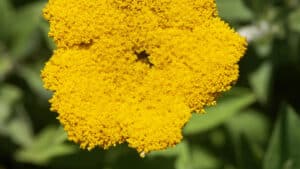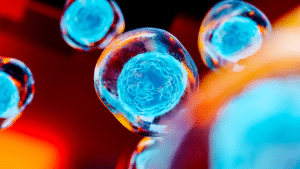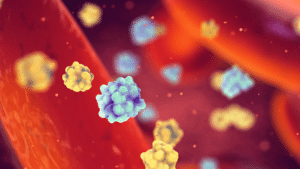Science
CBD Topical Medicine: What Does the Science Say?
Consider it a testament to the ubiquity and flexibility of the endocannabinoid system: we can inhale medicinal cannabinoids via combustion or vaporization; ingest them via food or drink; and absorb them directly through the skin, the body’s largest organ. This latter category is broader and more complex than many of us give it credit for.…
Read MoreICRS 2023: Report from Toronto
I counted over 175 talks and posters at the 33rd annual gathering of the International Cannabinoid Research Society (ICRS), which convened in Toronto at the end of June. In accordance with longstanding ICRS policy, all speakers presented new findings and data that had not yet been published in a peer-reviewed journal. But this year’s 4-day…
Read MoreExpert Gives Delta-8 THC Thumbs Down
Dr. Mark A. Scialdone, a recognized expert in the field of organic chemistry who specializes in natural product chemistry, is an inventor of 37 issued US patents and the author of 17 peer-reviewed articles in science publications. From 1994 to 2013, he was employed as a principal investigator at DuPont Central Research and Development. Dr.…
Read MoreWhich Terpenes Enhance the Cannabis High?
Ten years ago, most cannabis consumers couldn’t tell a terpene from a cannabinoid. But today things are different. Cannabis flower is categorized according to terpene profile. Product manufacturers add terp blends back into edibles and concentrates. Limonene is practically a household name. And for good reason. Sure, terpenes impart desirable flavors and aromas. They appear…
Read MoreFinding Rare Cannabinoids in Non-Cannabis Plants
Special glands protruding from cannabis flowers express a series of unique molecules. Cannabinoids, as they are known, exist in cannabis. But it turns out that identical molecules are present in non-cannabis plants, as well. Researchers from Israel’s Weizmann Institute recently reported that they found cannabigerolic acid (CBGA) and other rare cannabinoids in Helichrysum umbraculigerum, a…
Read MoreCannabichromene, a Minor Cannabinoid with Major Upside
In 2013, Noriko Shinjyo, Ph.D., a Research Associate at Chiba University in Japan, coauthored a study with Italian scientist Vincenzo Di Marzo on cannabichromene (CBC), a phytocannabinoid that exerts profound effects on the nervous system.1 Published in Neurochemistry International, their paper probed how CBC influences the fate of adult neural stem progenitor cells, which are…
Read MoreCBD Enhances Glucose Metabolism via Nuclear Receptors
Cannabinoid receptors CB1 and CB2 are the definitive and best-known targets of endogenous and plant-derived cannabinoids, but they’re far from the only ones. Several phytocannabinoids, including cannabidiol (CBD), for example, and the two primary endocannabinoids — anandamide and 2-AG — have been shown to interact with peroxisome proliferator-activated receptors, or PPARs1 (pronounced pee-parrs), which are…
Read MoreThe Plant, the Whole Plant & Nothing But the Plant
It has long been known that resinous cannabis flower tops are infused with robust therapeutic properties. But there are also pharmacologically active components in other parts of the plant that shouldn’t be ignored when assessing the health benefits of cannabis. The earliest reference to the therapeutic use of cannabis dates back to 2700 BC in ancient China,…
Read More





